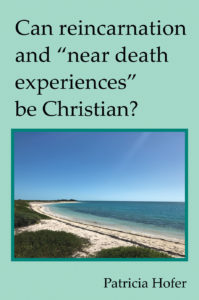Patricia Hofer
The “rational” and “non rational” extremes of religious believing
Blaise Pascal (1623-1662) wrote in Pensees: “If one subjects everything to reason, our religion will lose its mystery and its supernatural character. If one offends the principles of reason, our religion will be absurd and ridiculous…There are two equally dangerous extremes, to shut reason out and to let nothing else in.” Rudolf Otto in “The Idea of the Holy” identifies these two “extremes” as religious “rationalism” and “nonrationalism.” Otto wrote, “Our usual prayers and hymns confine themselves to the region which I call the ‘rational.’ They lack that element which I call the nonrational or the ‘numinous.’ But this is the other half of religion, its profounder and more mysterious background and basis” (202). Otto concluded that this “non-rational content” of religious believing has “its own independent roots in the hidden depths of the spirit itself” 137). According to Otto, this nonrational “religious impulse” can have an “unspiritual, earthly nature” at first. But its “urgency of impulsion” presses believers “onward and upward to ever higher levels of development,” revealing their “inner, essential being” (167). (discussed in chapter 6 of “ Can reincarnation and ‘near death experience’s be Christian?”

Leave a Reply